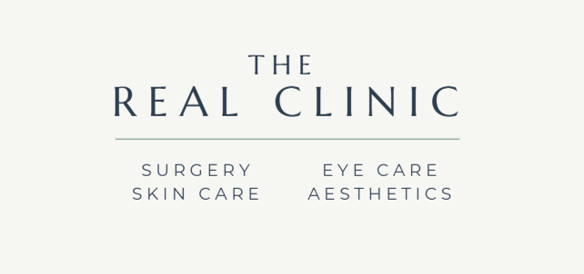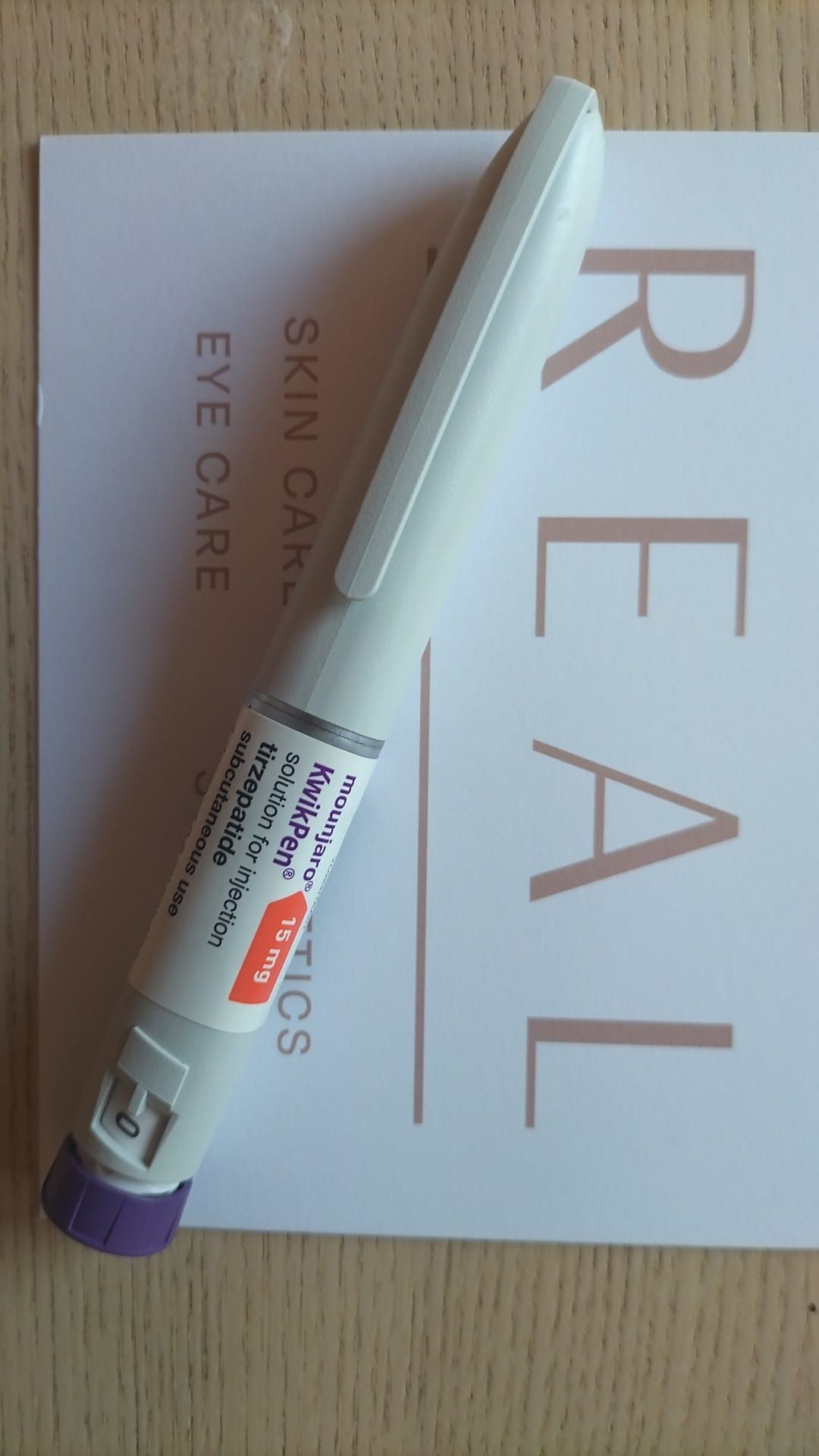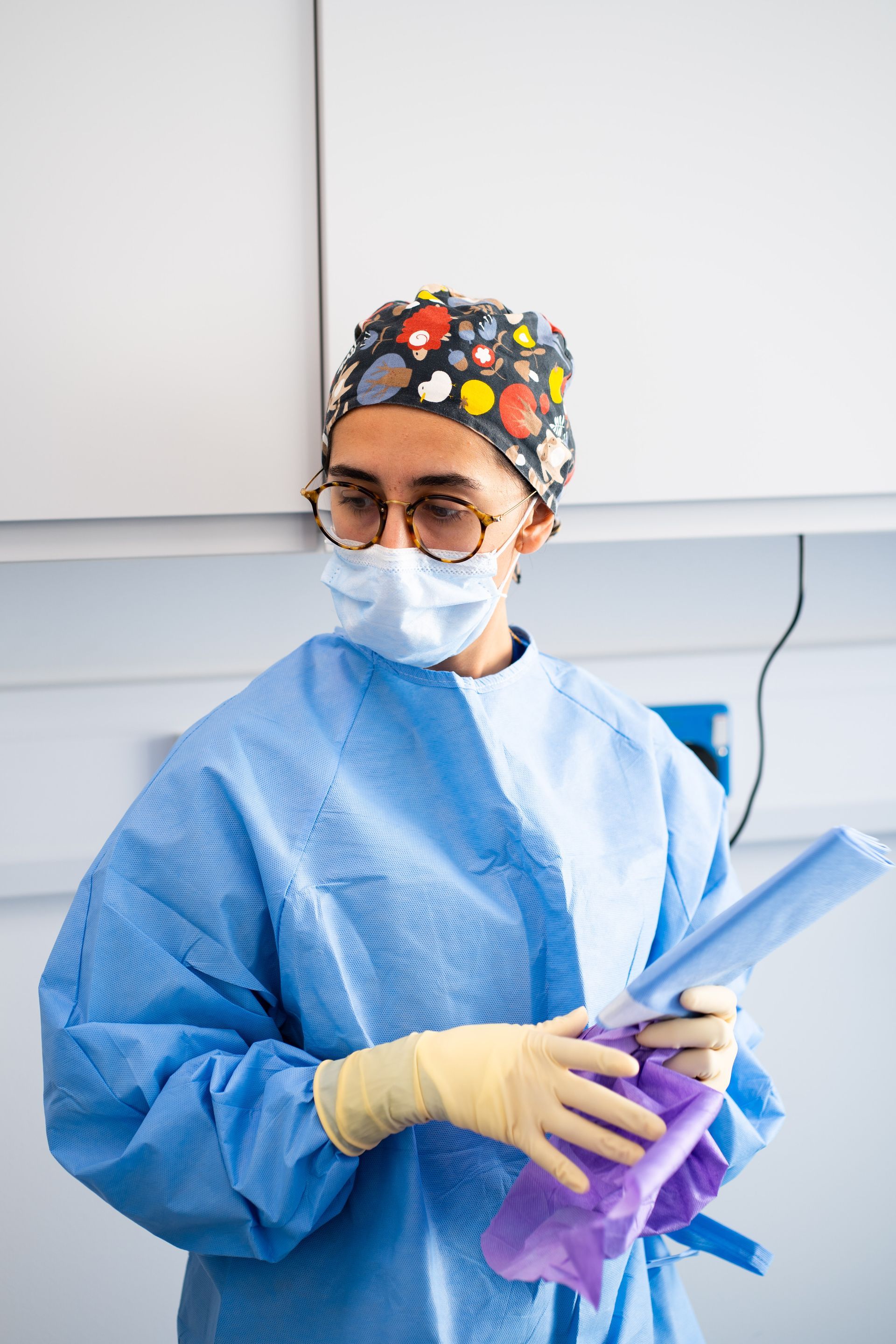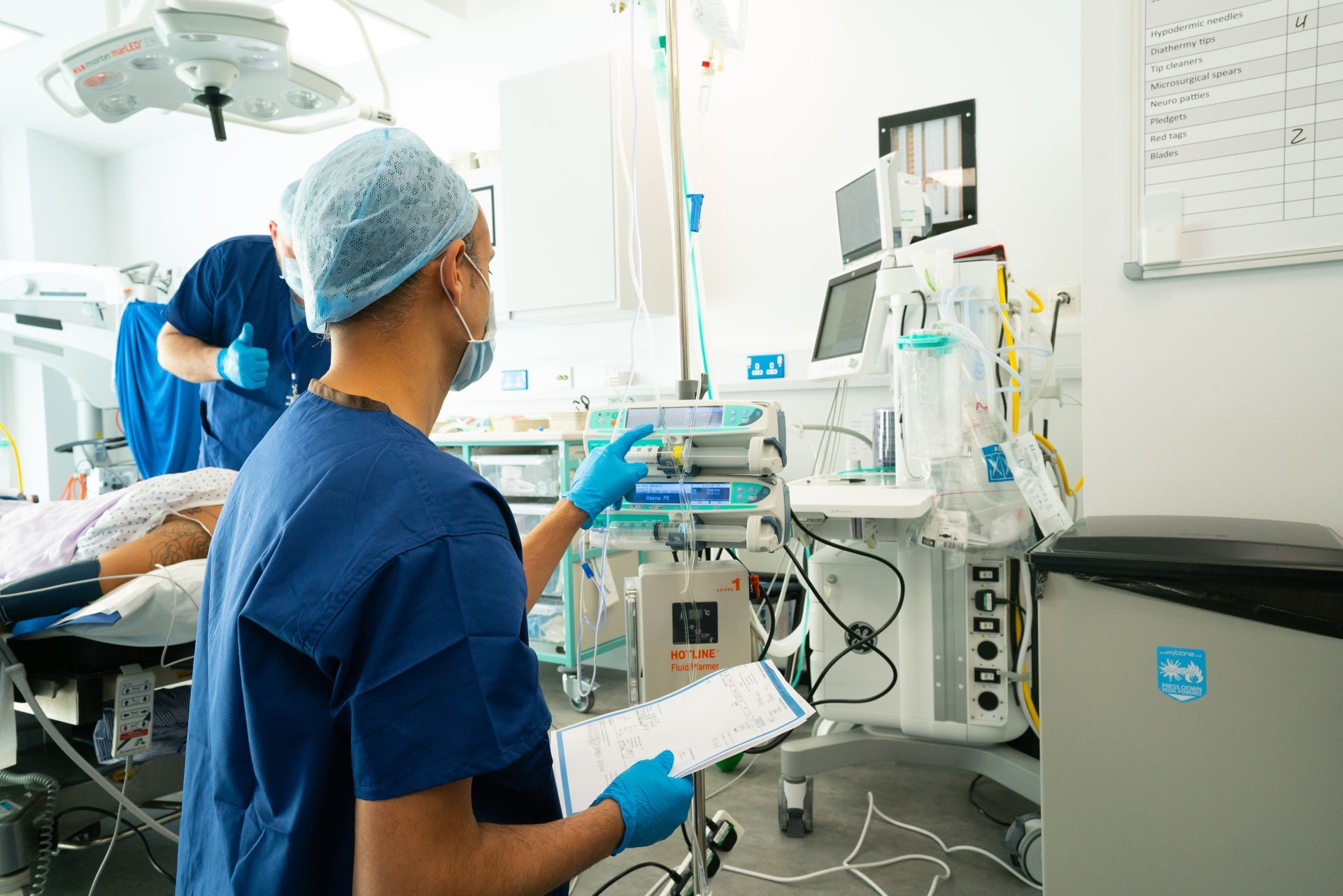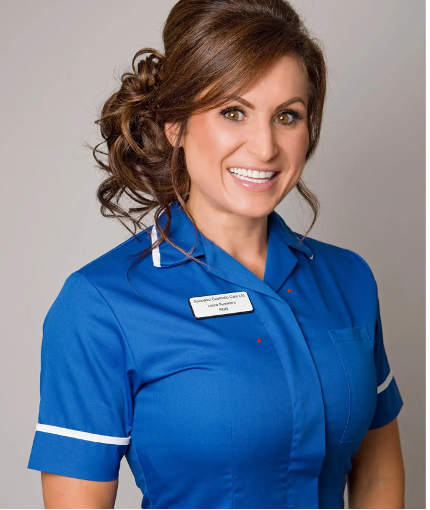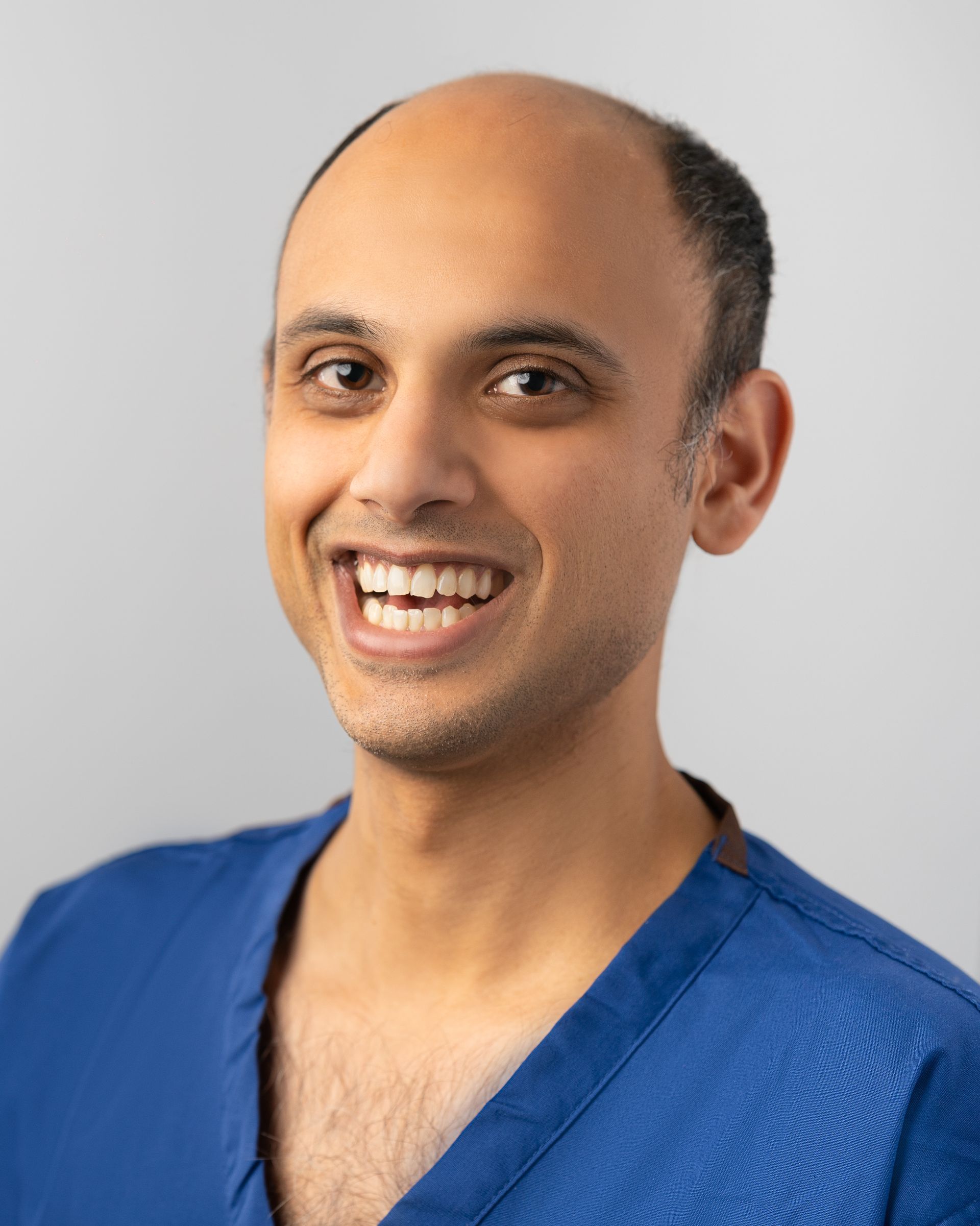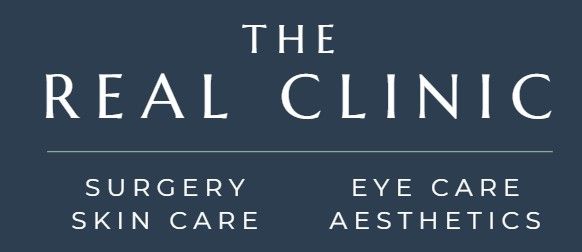'After just three sessions of polynucleotide injections under my eyes, I saw a significant reduction in dark circles and fine lines. My skin feels more hydrated and firmer.'
What are Polynucleotides and How Do They Work?
The building blocks of DNA are polynucleotides, and these molecules that make up our genetic information can be used to improve the skin’s appearance. Polynucleotides are widely used in medicine and science, including gene therapy and vaccines, but as we understand more about these molecules, we are discovering new and exciting uses for them in the area of aesthetics. DNA from the sperm of fishes such as salmon and trout are the source of polynucleotides for the cosmetic industry and, in particular, at The Real Clinic. Once they are purified and sterilised, they are very well matched to the human skin and produce positive biological results. If you are interested in learning more about the science of polynucleotides, please click here.
In the body, polynucleotides help the repair of damaged skin cells and support the skin’s natural healing processes. They cause these effects by providing the skin with extra nucleotides to promote the renewal of skin cells, activating fibroblasts and making collagen, both of which form the scaffolding of the skin, and by decreasing inflammation and angiogenesis, the process of creating new blood vessels within the skin. This is essential for the process of healing and delivering nutrient-rich blood to skin.
There are many cosmetic indications of polynucleotides. Polynucleotides are injected and can be used all over the body for different purposes, but the most common treatment areas are under the eyes and in the middle of the face. When they are injected here, the extra collagen and cellular regeneration leads to increased hydration and skin elasticity. This helps to treat fine lines and wrinkles, reducing the appearance of darkness and redness. Polynucleotides are also used to increase hair growth by stimulating the regeneration of hair follicles. They are particularly effective for androgenic alopecia, that is hair loss caused by steroid hormone use. Polynucleotides have further been a widespread treatment for scars, including acne scarring, by promoting wound healing.
Safety and Efficacy
Polynucleotide treatments are becoming increasingly used in aesthetics and at The Real Clinic, mainly due to their effectiveness, safety and versatility as well as simple manner in which the treatment is provided. They are particularly effective when combined with other treatments such as microneedling and, in reflection of this, have been recommended by lots of skin and aesthetic doctors around the world. More research into their uses will see their popularity continue to grow. Demand for treatment is progressively increasing as patients experience meaningful benefits to their skin health and spread the word.
Patient Testimonials
Patients who have had polynucleotide treatments notice improvements in their skin texture and overall appearance. One of our patients shared her experience: 'After just three sessions of polynucleotide injections under my eyes, I saw a significant reduction in dark circles and fine lines. My skin feels more hydrated and firmer.'
Scientific Evidence and Research
Lots of studies have been carried out showing that these treatments work. In fact, research published in the Journal of Cosmetic Dermatology indicates that polynucleotides significantly improve skin hydration, elasticity and overall appearance. Moreover, another study in the Aesthetic Surgery Journal showed that combining polynucleotide injections with other treatments like microneedling enhances the overall results, resulting in a more radiant and youthful appearance of the skin.
Future Trends and Developments
Looking ahead, the future of polynucleotide treatments in aesthetics is bright and incredibly promising. With more research and development, new applications and improved formulations are on the horizon. The future may include topical polynucleotide treatments, combination therapies with other skin treatments, and more advanced delivery systems to help them work even better than they already do.
Conclusion: Here to Stay
Polynucleotide treatments are here to stay. Their increasing popularity among both patients and clinicians will ensure their position at the forefront of aesthetics at The Real Clinic. As more people seek non-surgical and effective solutions for skin repair, polynucleotides are an excellent option backed by science and patient satisfaction.
Dr Tony Fordham – Aesthetics Doctor and Trainer
To learn more about Tony, just click here. To book at appointment, please click here info@realclinic.uk

